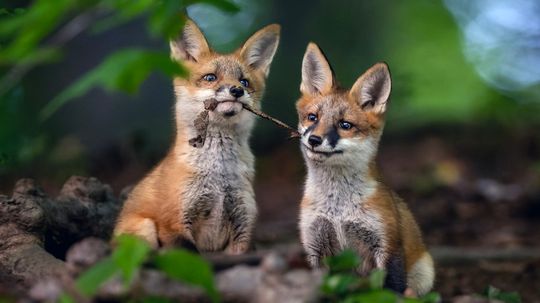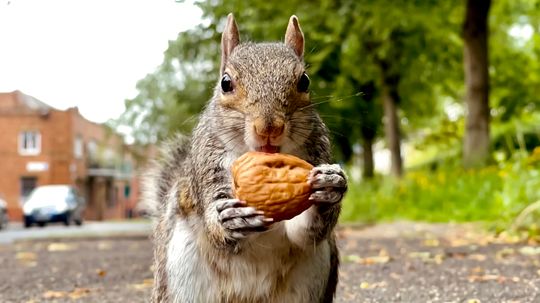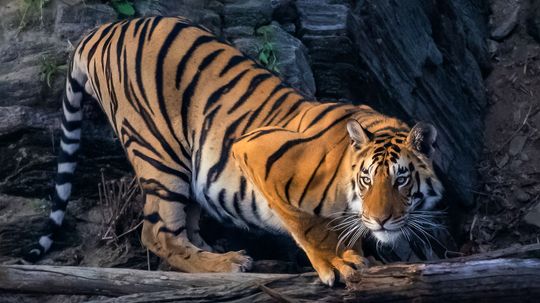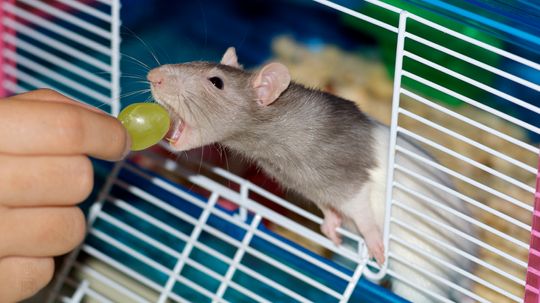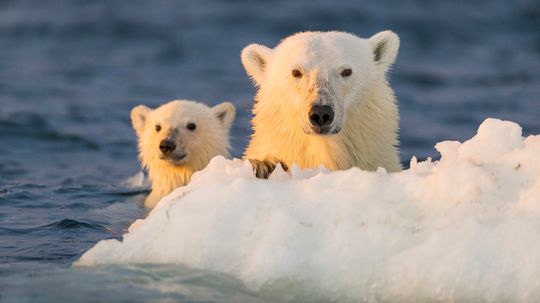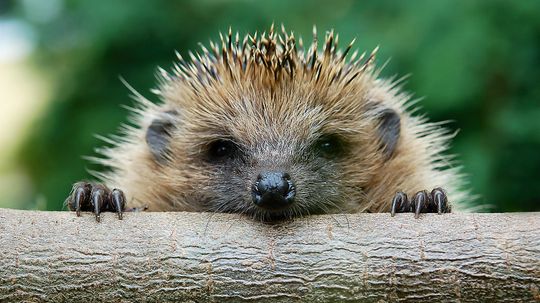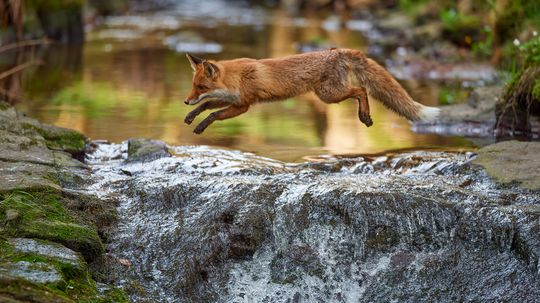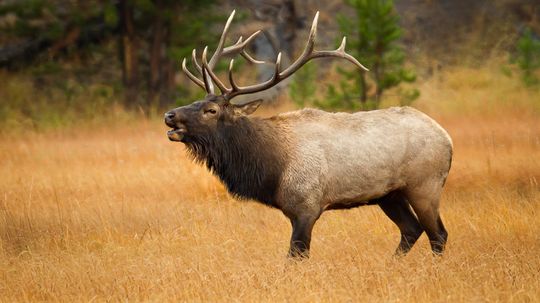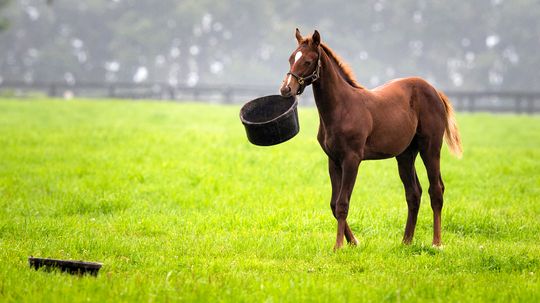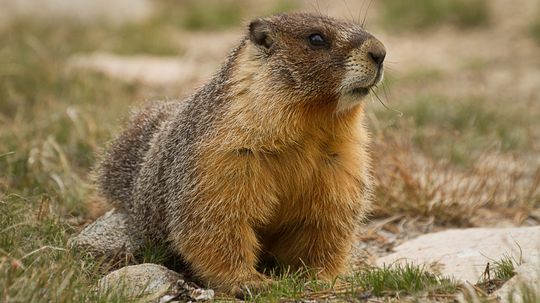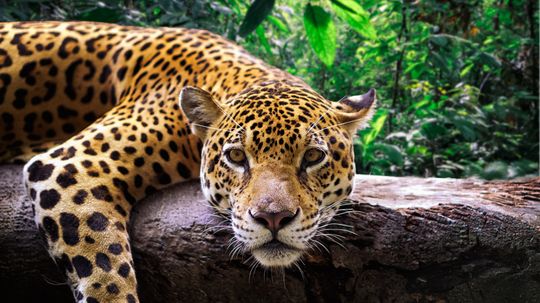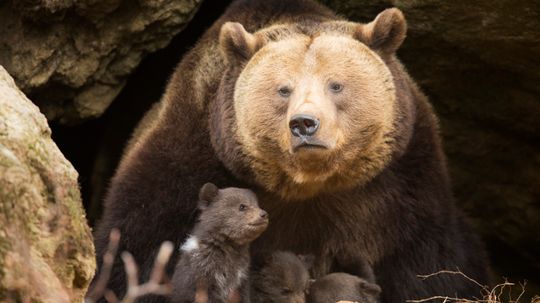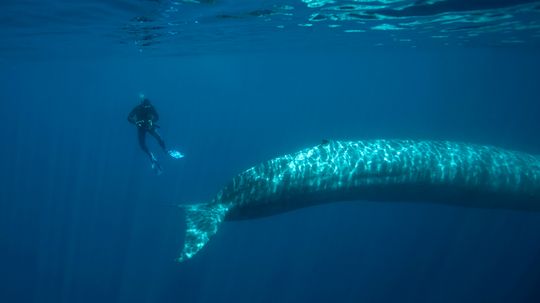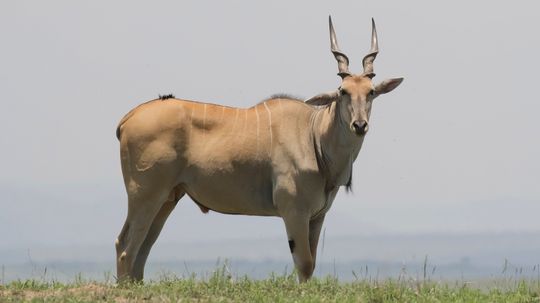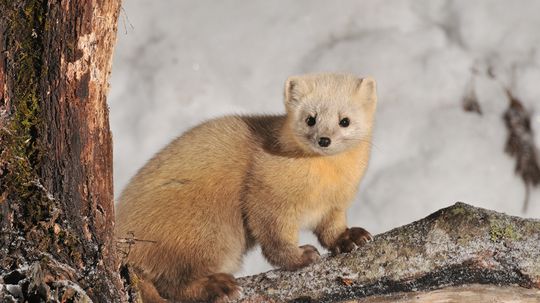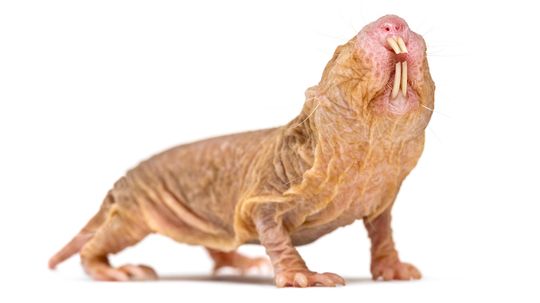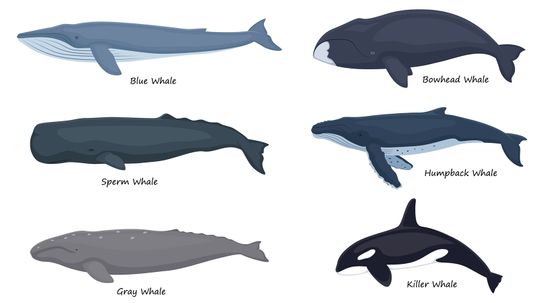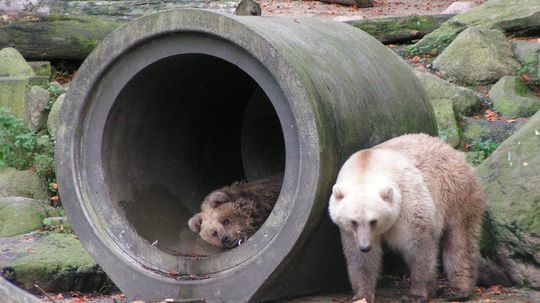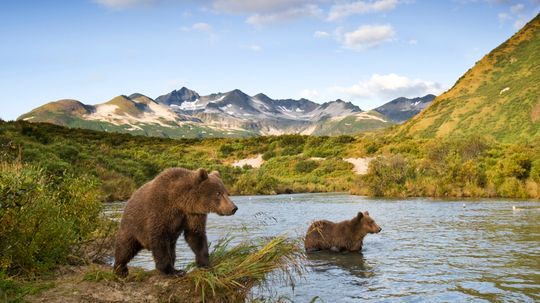Mammals
Scientifically-speaking there are 11 mammal groups, and most Mammals are warm-blooded, have body hair, give live birth and nurse their young with milk from mammary glands. Check out these articles about all kinds of mammals.
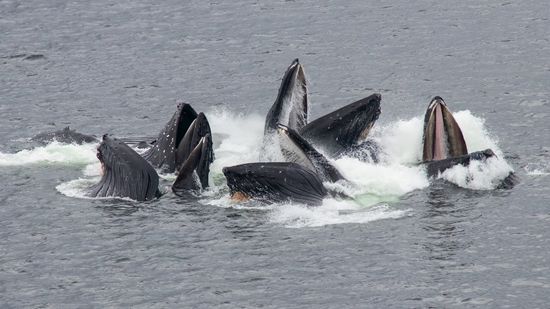
What Is a Group of Whales Called? Pods, Gams, Herds (but Not Schools)
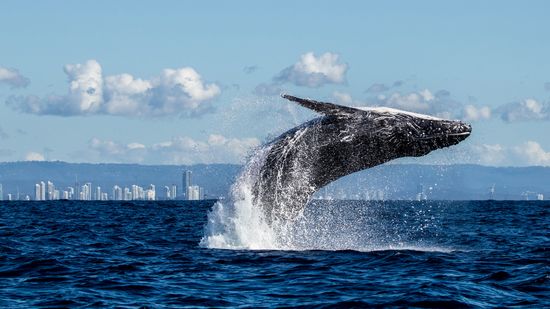
How Often Do Whales Come Up for Air?
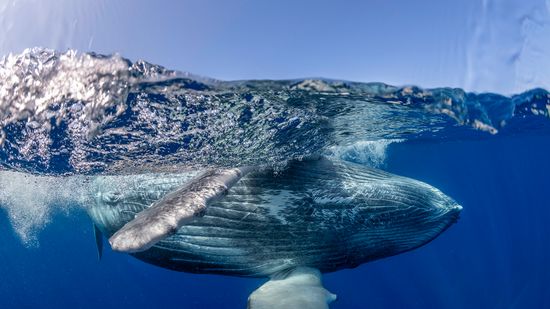
How Do Whales Sleep? They're Always Half Awake (Literally)

The Largest Bat in the World Has a Wingspan Over 5 Feet
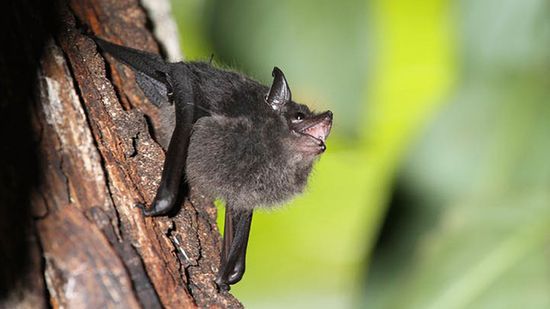
Baby Bats Babble With Moms, Hinting at Human Language Development
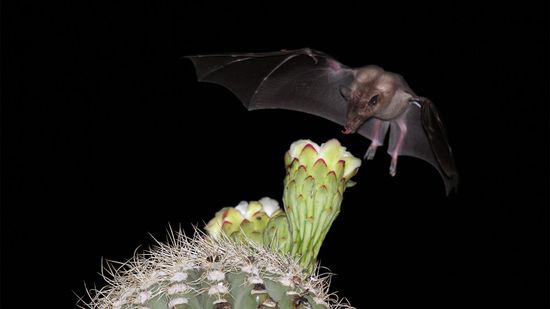
Fruit Bats Are the Best Pollinators (and Suppliers of Tequila)
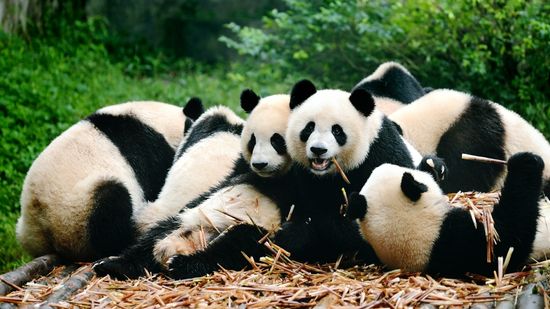
What Is a Group of Pandas Called? We're Blushing

What Do Pandas Eat (Other Than Bamboo)?
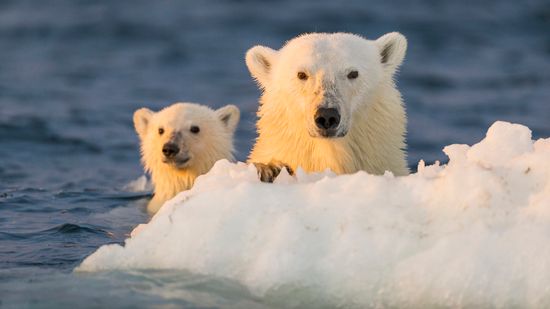
Polar Bear vs. Grizzly Bear: Which Bear Is Bigger and Tougher?

What Is a Group of Ferrets Called? You're Such a Busybody
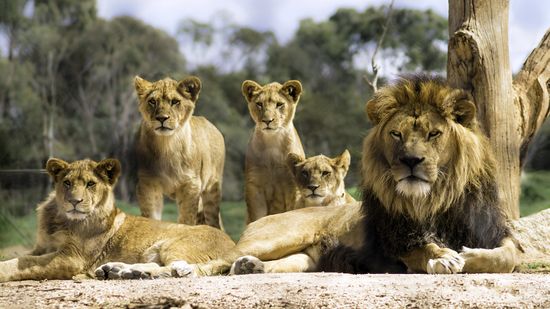
What Is a Group of Lions Called? 'Pride Rock' Makes So Much Sense Now
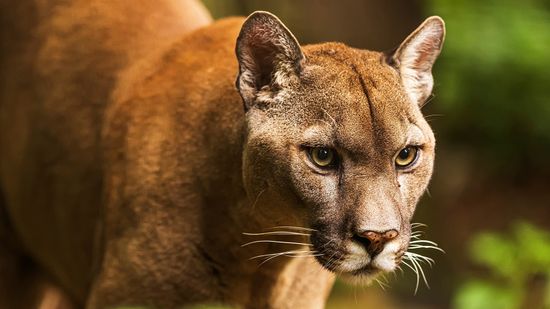
Panther vs. Cougar: Different Names for the Same Cat
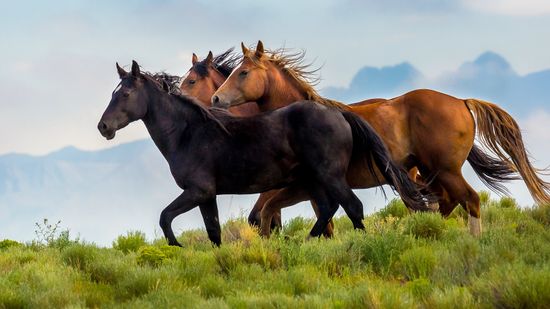
Where Do Horses Originate From? Not Europe, Not Asia
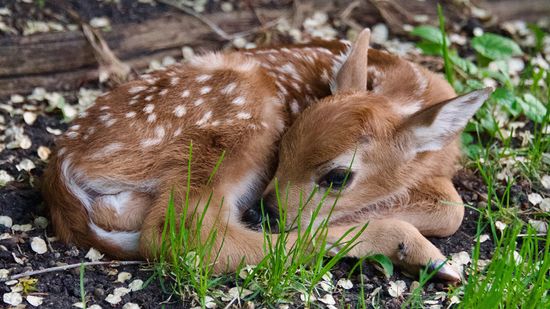
What Is a Baby Deer Called? (Aside From Adorable)
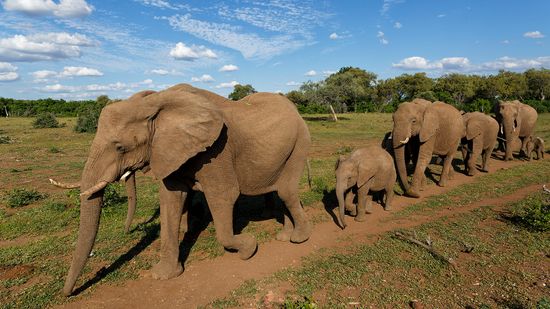
What Is a Group of Elephants Called?
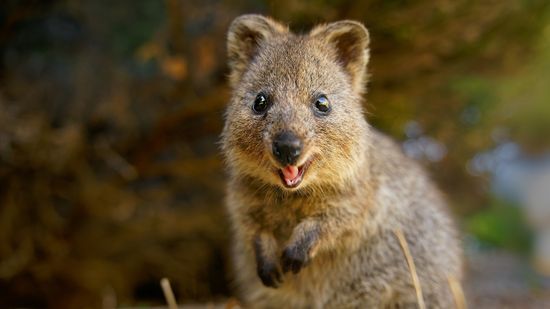
The Happiest Animal on Earth Is the Quokka
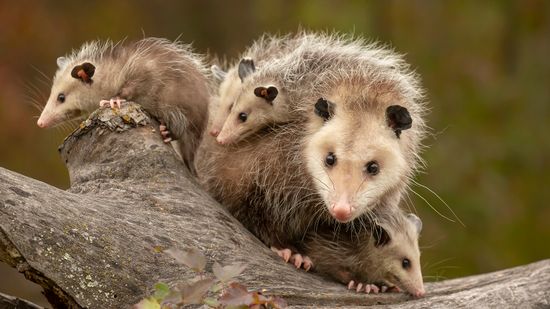
What Do Possums Eat? Most Things, It Turns Out
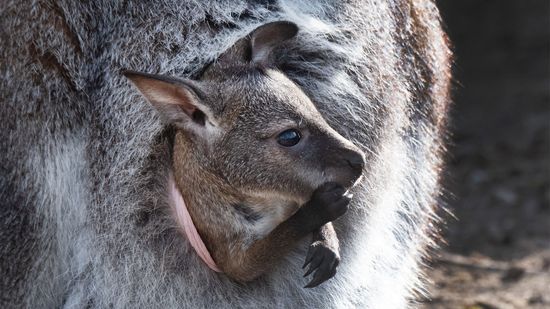
What's It Like Inside a Kangaroo's Pouch?
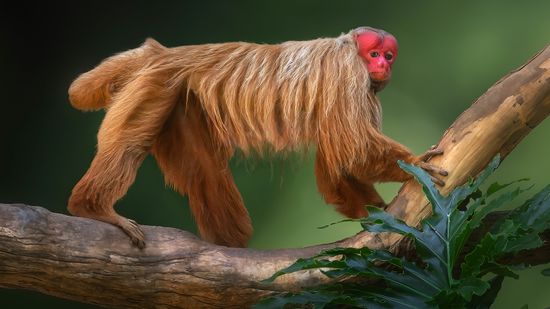
10 'Ugliest' Monkey Species: Unconventional Beauty in Primates

The Tiny Finger Monkey Gets Lonely Without Its Family
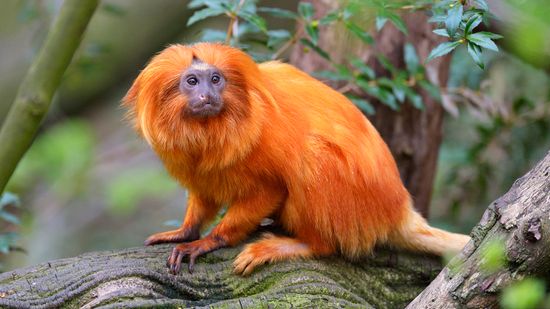
15 Types of Monkeys Climbing Trees All Around the World
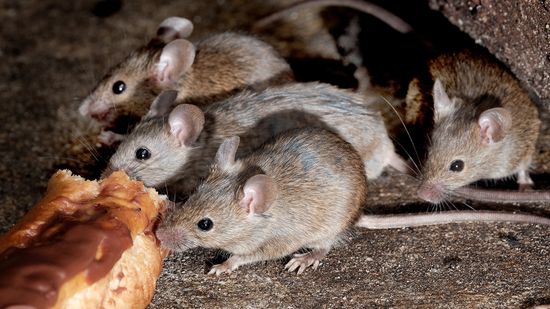
What Is a Group of Mice Called? Not Always a Colony

Rat Poop vs. Mouse Poop: Important Differences for Pest Control
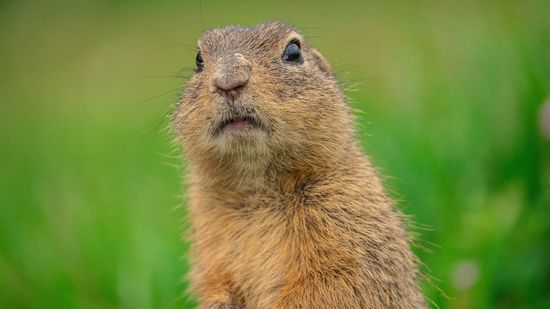
Groundhog vs. Gopher Habits and Identification
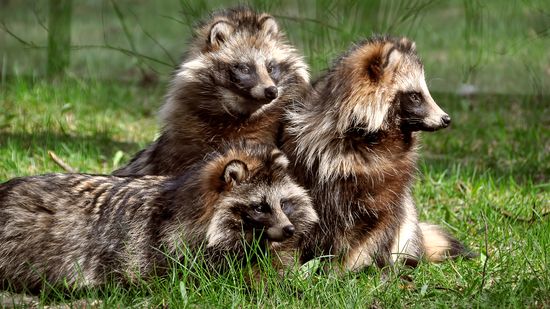
How Can Tanuki Be Both Real and Mythological?
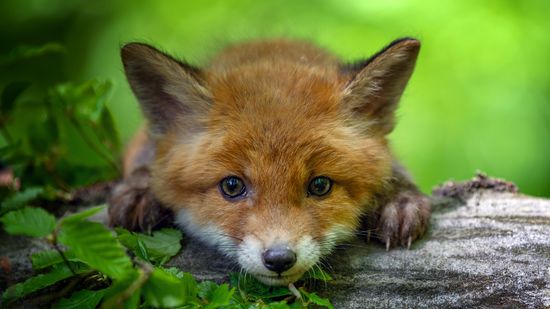
What Is a Baby Fox Called? Kit vs. Cub vs. Pup
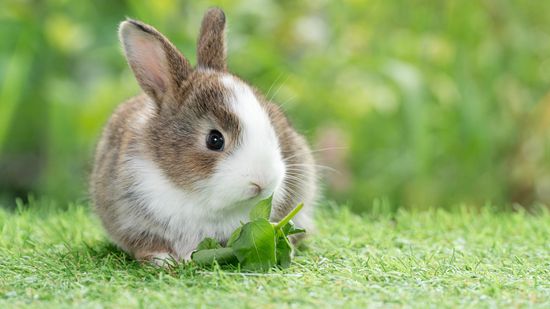
Hare vs. Rabbit Differences: Ears, Speed, and Social Behavior
Learn More / Page 3
What do deer eat? If you've ever spotted a deer nibbling on leaves or wandering through a meadow, you might have wondered about preferred deer foods. The answer depends on the season, the environment and even the specific species of deer.
By Nico Avelle
Foxes live in a wide range of environments, from rural areas to urban spaces and their eating habits reflect this adaptability. So, what do foxes eat when they’re in the wild versus when they’re sneaking around urban areas?
By Mack Hayden
These furry, acrobatic foragers can be found leaping through trees, raiding gardens, and even showing up at your squirrel feeder. But what do squirrels eat in the wild versus in urban areas?
By Mack Hayden
Advertisement
Giant pandas are basically the ultimate bamboo-eating machines. But what do pandas eat besides this crunchy green staple?
By Mack Hayden
The Bengal tiger is one of the biggest wild cats on the planet. It's also a popular tiger in pop culture. Shere Khan from "The Jungle Book," Rajah as Jasmine's pet tiger in "Aladdin" and Richard Parker from "Life of Pi" — they're all Bengal tigers!
By Ada Tseng
Rats are nature’s ultimate survivors. But what do rats eat? These highly adaptable rodents will chow down on just about anything they can find, from meat scraps to fruit trees.
By Yara Simón
Camels: nature’s ultimate desert survivors! But what do camels eat? These incredible animals have adapted to eat some of the toughest, driest and least appetizing plants on Earth. From thorny plants to salty plants, camels manipulate their environment to get the nutrients they need.
By Mack Hayden
Advertisement
When it comes to massive, powerful bears, one showdown often comes to mind: polar bear vs. grizzly bear! These two bear species may look similar, but they have distinct differences in habitat, behavior and even diet. So, what happens when these giants of the animal kingdom cross paths?
By Talon Homer
When it comes to spiky animals, hedgehog vs. porcupine species seem easy to confuse on paper. At first glance, they seem similar, both covered in sharp quills that help them defend against predators.
By Ada Tseng
When it comes to wild canines, coyote vs. fox identification can be tricky. At first glance, both coyotes and foxes may look similar with their bushy tails and pointed ears. But these two animals have plenty of key differences, including size, behavior, habitat and even how they hunt.
By Mack Hayden
Elk vs. moose comparisons are a lot easier to make when you realize that two of the largest members of the deer family differ significantly in size, behavior and appearance.
By Talon Homer
Advertisement
An adult horse should typically eat about 1.5 to 2 percent of its body weight in food each day. This means a 1,000-pound (454-kilogram) horse may eat 15 to 20 pounds (6.8 to 9 kilograms) of hay and grass daily.
By Ada Tseng
Gorillas — one of the most powerful great apes — have a diet that might surprise you. Even though they’re massive and strong, their meals consist mostly of plants. But let's get specific: What do gorillas eat in the wild, and how do their diets change depending on where they live?
By Talon Homer
Ah, the great marmot vs. groundhog distinction. These two burrowing, chubby members of the squirrel family that are often mistaken for the same animal.
By Talon Homer
Goats are endlessly curious animals famous for their ability to eat just about anything — but don't be fooled. A goat's diet isn't just about munching on random objects; it requires careful balance to keep all the goats healthy and thriving. So, what do goats eat, really?
By Yara Simón
Advertisement
When it comes to big cats, jaguar vs. leopard identification can be tricky due to the animals' similar spotted coats. However, these wild cats belong to separate species within the genus Panthera and have distinct differences in appearance, behavior and habitat.
By Mack Hayden
When you think of rodents, you might think of tiny mice running through your cellar or the adorable hamster that was your 5th grade class pet.
By Ada Tseng
Polar bears are one of the largest mammals on land; only the African elephant can tower over the polar bear in this corner of the animal kingdom. But how do you measure the biggest bear? By height or by weight?
By Ada Tseng
One of the most unique about whales is that they're the largest animals to ever exist on Earth — even bigger than the largest dinosaurs to have ever roamed the planet. That's right: The biggest whale of today dwarfs the T. rex.
By Ada Tseng
Advertisement
The eland is one of the largest antelopes — and one of the most graceful. Known scientifically as Taurotragus oryx, the eland lives in Africa, mostly in eastern and southern Africa.
By Yara Simón
Sables are luxurious little animals. These fur-bearing mammals, native to the forests of Eurasia, have sandy yellow, light brown, dark brown and black coats, which are valuable commodities in the fur trade. Sable pelts are a symbol of wealth and elegance.
By Yara Simón
The naked mole rat (Heterocephalus glaber) is found in the dry regions of East Africa. These hairless, wrinkly rodents live in underground colonies that function more like insect hives than typical mammal groups.
By Mack Hayden
The bowhead whale (Balaena mysticetus) is found in the icy waters of the Arctic. These are the longest-living mammals; some bowhead whales live for over 200 years. That's older than many countries' independence!
Advertisement
The grolar bear, also known as the pizzly bear, is a hybrid animal that's the result of crossbreeding between a polar bear and a grizzly bear, two species typically separated by geography and habitat.
Bears are incredible creatures, but they can also be some of the most dangerous animals on the planet. While even the most dangerous bear will typically avoid humans, under the right (or wrong!) circumstances, it can become aggressive, especially if it feels threatened or if you're in its territory.
By Talon Homer

